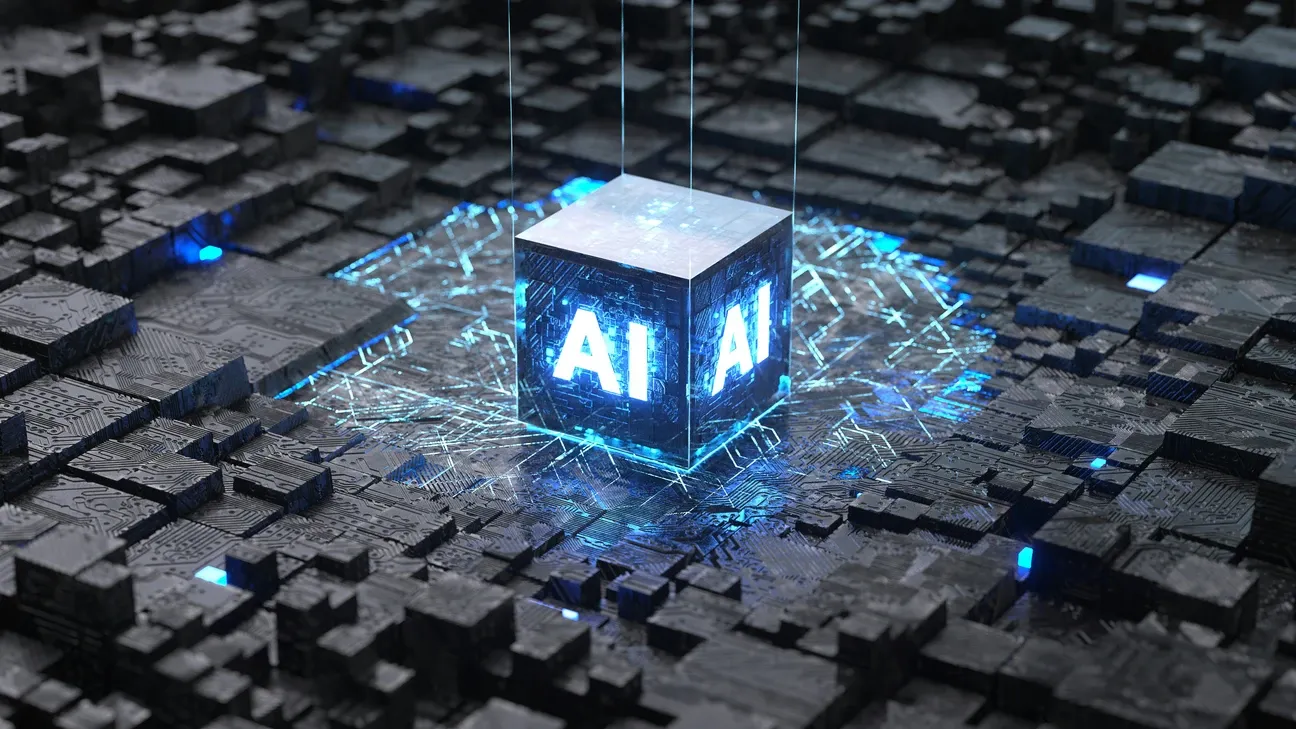The smart home revolution is transforming every corner of our lives, and one of the most exciting developments is in home cleaning. Robot vacuums have evolved from simple automated cleaners to sophisticated machines equipped with artificial intelligence (AI), revolutionizing how we maintain our living spaces. As AI technology continues to advance, the future of smart home cleaning looks brighter than ever.
The Evolution of Robot Vacuums
When robot vacuums first hit the market, they were considered a novelty—a glimpse into a future where mundane chores could be handled by machines. Early models were basic, relying on random navigation patterns and simple sensors to avoid obstacles. While these vacuums offered convenience, they often missed spots and struggled with complex room layouts.
Fast forward to today, and AI-driven robot vacuums are a far cry from their early predecessors. These modern devices are equipped with advanced sensors, cameras, and AI algorithms that enable them to map out your home, learn your cleaning preferences, and navigate efficiently.
Key Features of AI-Driven Robot Vacuums
Intelligent Navigation: AI-driven vacuums use simultaneous localization and mapping (SLAM) technology to create detailed maps of your home. This allows them to navigate with precision, avoid obstacles, and clean in an orderly fashion. Some models even recognize different rooms and adjust their cleaning patterns accordingly.
Learning and Adaptation: With machine learning capabilities, these vacuums can learn from their cleaning experiences. Over time, they become more efficient, understanding the layout of your home and your cleaning habits, and adjusting their routines for optimal performance.
Advanced Obstacle Detection: Modern robot vacuums are equipped with AI-powered cameras and sensors that can identify and avoid obstacles like cables, shoes, and even pet waste. This ensures a thorough cleaning without the risk of getting stuck or causing damage.
Personalized Cleaning Schedules: AI-driven vacuums can be programmed with personalized cleaning schedules. They can even analyze your daily routines and suggest optimal times for cleaning, ensuring that your home is spotless when you need it to be.
Voice and App Control: Integration with smart home systems like Amazon Alexa, Google Assistant, and dedicated mobile apps allows you to control your vacuum with simple voice commands or from anywhere via your smartphone.
The Impact of AI on Home Cleaning
The integration of AI in robot vacuums is not just about convenience—it’s about redefining the cleaning process. These devices are capable of more than just vacuuming; they represent a shift towards a more autonomous, efficient, and intelligent home environment.
Efficiency and Time Savings
With AI-driven robot vacuums, homeowners can save significant time on cleaning tasks. These vacuums can operate autonomously, handling daily or weekly cleaning schedules without human intervention. This means more time for other activities and less time worrying about household chores.
Improved Home Hygiene
AI-driven vacuums are not just efficient; they are thorough. By learning the layout of your home and adapting to changes, they ensure that every corner is cleaned consistently. This can lead to improved home hygiene, reducing allergens and maintaining a cleaner living environment.
The Future: Beyond Vacuuming
The future of AI-driven robot vacuums is not limited to vacuuming alone. Innovations in the pipeline suggest that these devices could soon be capable of performing a wider range of tasks, from mopping floors to dusting furniture. The integration of AI could also lead to better energy efficiency, quieter operation, and even more advanced navigation capabilities.
Challenges and Considerations
Despite their advantages, AI-driven robot vacuums are not without challenges. Privacy concerns arise due to the presence of cameras and sensors in these devices. Manufacturers must prioritize data security and ensure that personal information is protected. Additionally, the cost of these advanced models can be prohibitive for some consumers, though prices are expected to decrease as the technology becomes more widespread.
Conclusion
AI-driven robot vacuums represent the future of smart home cleaning. As AI technology continues to evolve, these devices will become even more intelligent, efficient, and capable. For homeowners, this means a cleaner home with less effort, paving the way for a new era of convenience and automation in everyday life.
